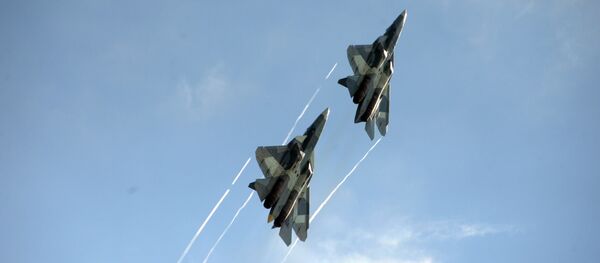Russia is working on a long-range unmanned strike system, Zvezda, the official television channel of the Russian Ministry of Defense, has learned.
Speaking to the television channel, Alexander Nemov, deputy chief of the research department at the 30th Central Scientific Research Institute outside Moscow, confirmed that the large unmanned aircraft would appear sometime in the next few years.
"Development work is currently underway on a long-range unmanned system capable of carrying out unmanned low-altitude supersonic flights, and striking both stationary and mobile targets at operational-strategic depth," the officer explained.
Zvezda clarified that the aircraft will, on the one hand, be capable of performing low-altitude flights, much like a cruise missile, and will fly faster than the speed of sound, providing the Russian military with fundamentally new strategic capabilities not currently enjoyed by any other military in the world.
Asked about the prospective aircraft's onboard weapons, Nemov was able to divulge only that the system "will have the ability to carry both guided and unguided air-launched weapons."
In November, the Kalashnikov Concern reported that it would start production of heavy unmanned aerial vehicles capable of carrying up to several tons of cargo and operating for several days at a time without needing to recharge. The system is expected to be introduced this summer. The UAVs will work in a fleet consisting of heavy and light drones. In addition to cargo delivery, the remote-controlled aircraft are expected to engage in aerial photography, cartography, telecommunications, monitoring of viral diseases, protection of forests and property, weather conditions, and more.


